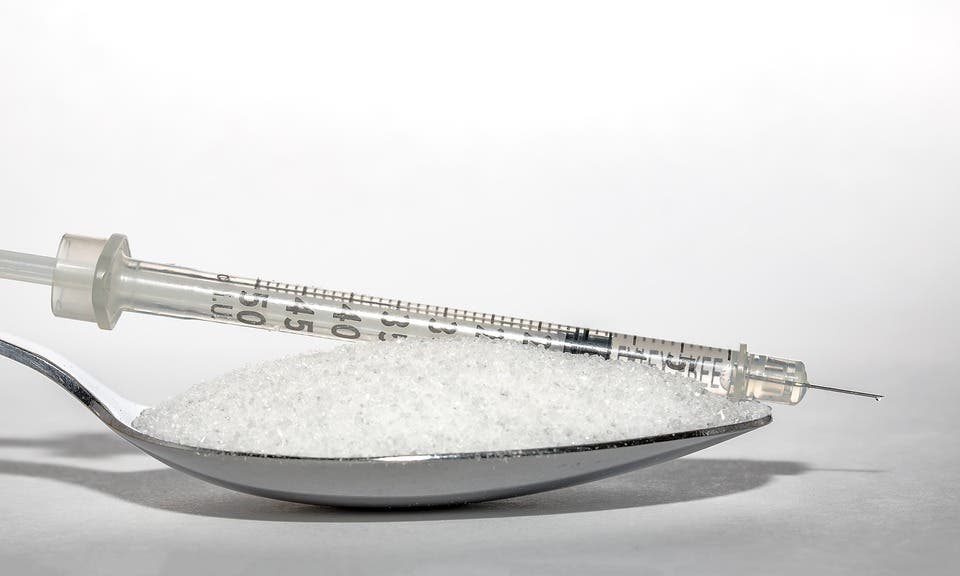
Stem cells have opened a new range of possible treatments and recent studies suggest they could also deal with type 1 diabetes. This early-onset, less-common type of diabetes occurs when your body’s defense mechanisms harm insulin-producing cells in the pancreatic state, usually while preventing infections elsewhere in your body. With the help of stem cells, physicians have previously generated new insulin-producing cells in order to replace the ones that the pancreas has eliminated.
According to GenFollower, stem cells are also being used to tackle infertility and improve the reproductive system.
On the other hand, type 2 diabetes — which makes up 90 % of diabetic issues globally — is more challenging to treat. It usually occurs in older people as a result of extra weight or hormonal instability.
Although people with type two diabetes do lose a few of their insulin-producing cells, their major issue is elsewhere. Their cells became immune to blood insulin. Although blood insulin is present in the entire body, the cells can’t use blood insulin to keep glucose levels under control.
Basically, restoring the lost insulin-producing cells isn’t enough to eliminate the problem.
But now, in a new study released in the journal Stem Cell Reports, researchers may have discovered a way.
A Bilateral Approach
In order to model type 2 diabetes, researchers at the University of British Colombia put mice on a high-carb, high-fat diet. The outward symptoms of type two diabetes quickly followed. The mouse became obese, intolerant to blood sugar (blood glucose), and immune to blood insulin. Their glucose levels increased.
Next followed the attempt to change the elicited diabetic state. The team of researchers cultured human embryonic stem cells and organized them to be properly implanted into the diabetic mouse.
As soon as they were transplanted, the stem cells slowly and gradually grew into insulin-producing cells during the period of a couple of months.
After three months, the rodents’ symptoms began to improve. Among various other changes, the mice recuperated some of their ability to regulate blood sugar levels. After six months, the improvements were considerable.
However, stem cells were not enough to reverse the diabetic state which is why the researchers also turned to antidiabetic medicines.
The authors used metformin (Glucophage), which decreases the rate at which the renal system produces blood sugar, and sitagliptin (Januvia), which reinforces blood insulin production and manages blood glucose.
The combination of antidiabetic medicines and stem cell transplants significantly boosted the mouse’s ability to process blood sugar.
The sitagliptin showed the best outcomes. Diabetic mice treated with sitagliptin and stem cells showed the same reactions after consuming carbohydrates as the non-diabetic mouse on the low-fat diet.
A New Pandemic
Diabetes mellitus affects about 385 million people around the world and at least 20 million people in the USA.
In the United States, diabetes mellitus treatment costs the healthcare industry about $612 billion, or 14 % of all healthcare budget for adults.
Without proper treatment and management, diabetes can lead to blindness, kidney failure, and gangrene resulting in arm or leg amputation. The WHO (World Health Organization) says that diabetes could be the 7th major cause of death by 2030.
Was this helpful?



